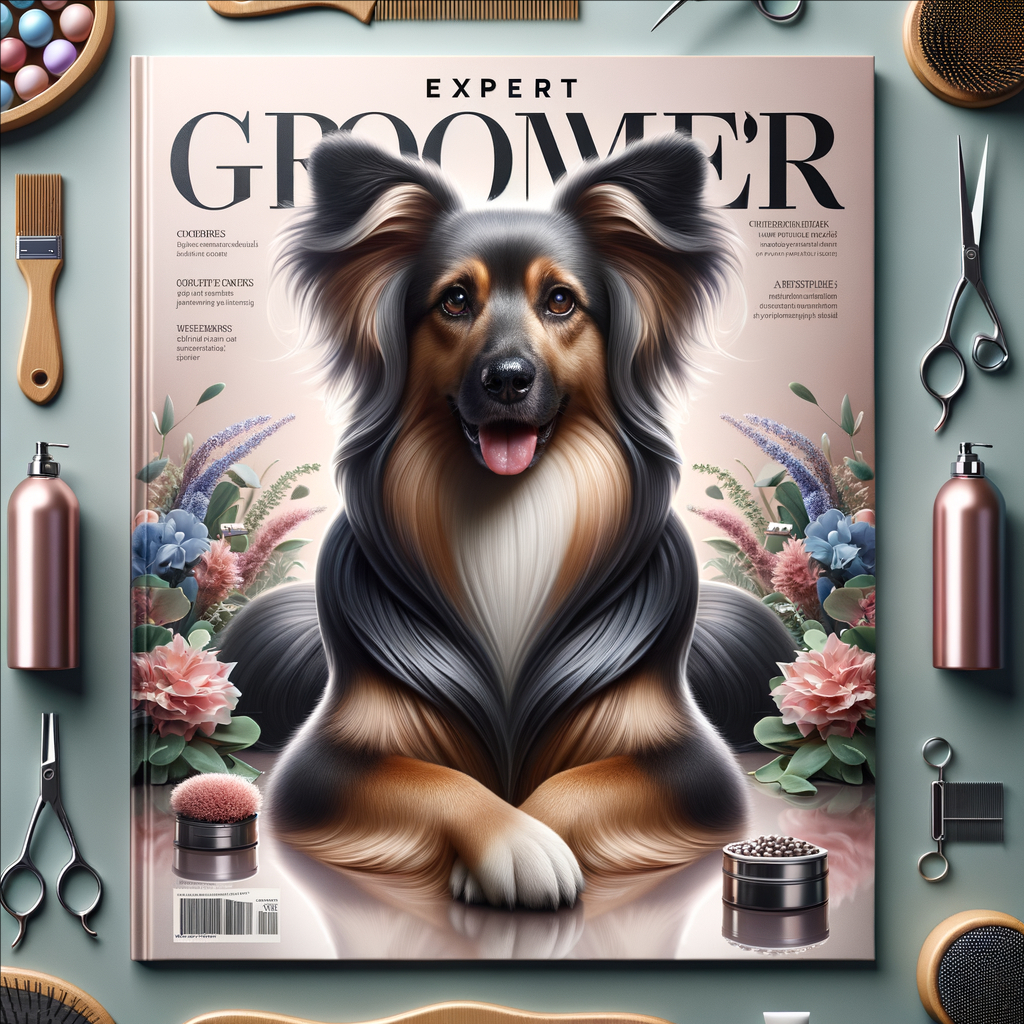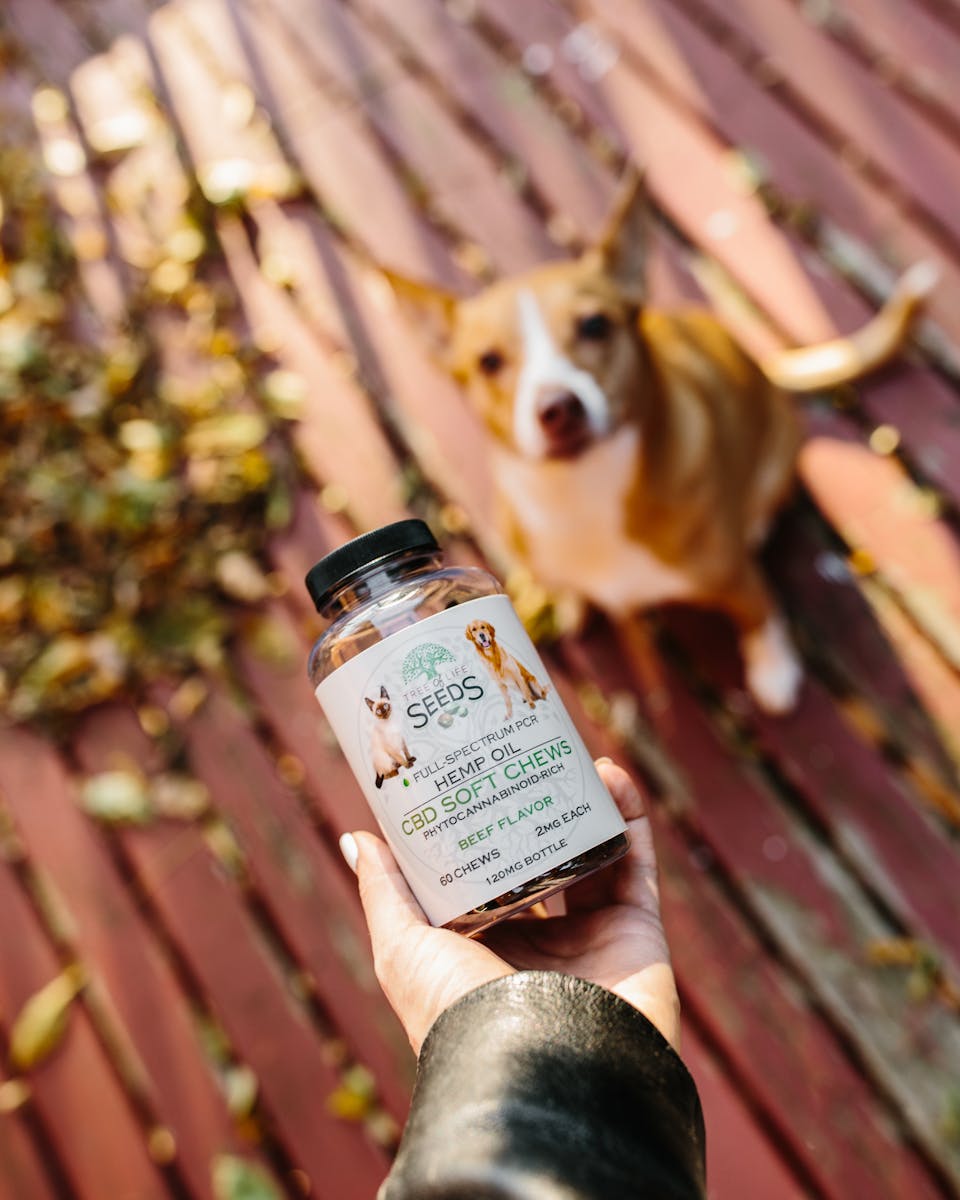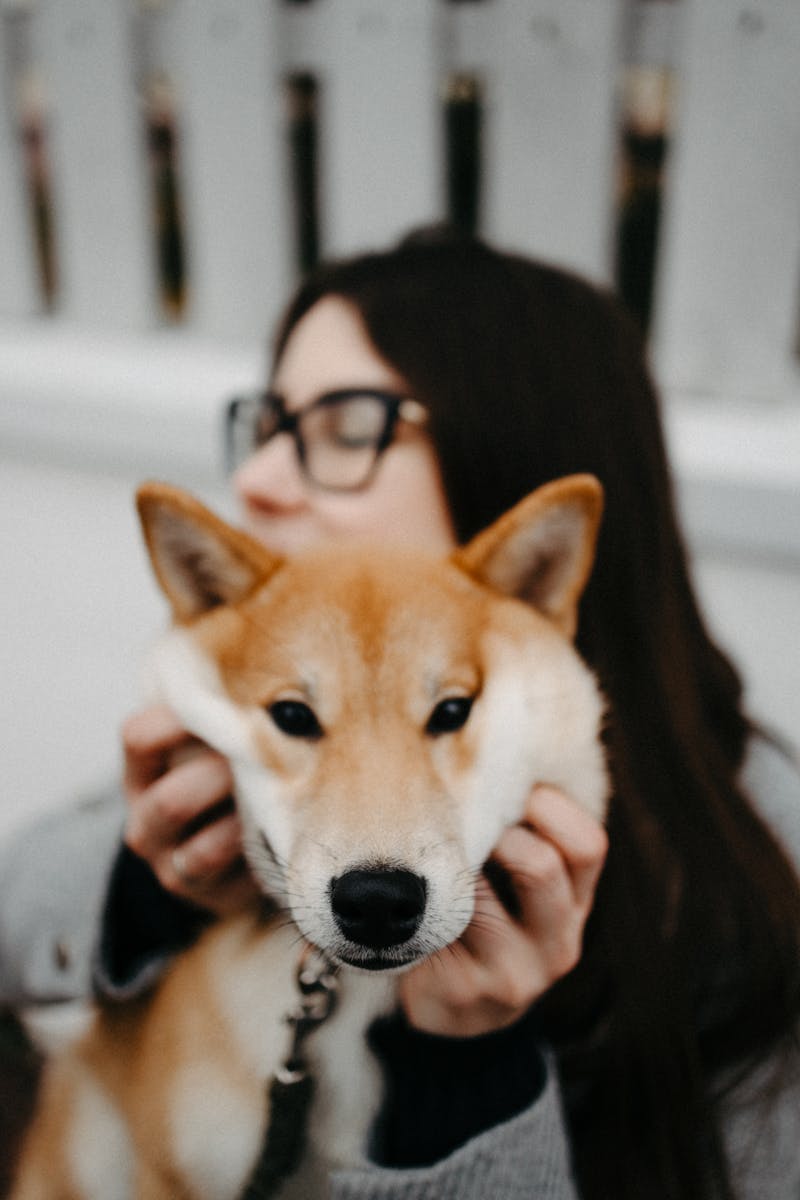A Groomer’s Perspective: Best Practices for Maintaining Your Dog’s Coat and Skin Health
1. Understanding Your Dog’s Coat Type
Every dog is unique, with varying coat types that demand different care routines. Understanding your dog’s specific needs is the foundational step toward effective grooming.
- Coat Types: Dogs generally fall into three main categories—short-haired, long-haired, and curly/wavy coats. Each type requires distinct grooming techniques and frequency.
- Grooming Needs: For example, short-haired breeds like Beagles may require less frequent brushing (about once a week) while long-haired breeds such as Golden Retrievers need more care, requiring daily brushing to prevent mats and tangles.
By identifying your dog’s coat type, you’ll be better equipped to choose the right grooming tools and products to maintain their coat’s health. Additionally, recognizing any breed-specific tendencies, including susceptibility to certain skin conditions, allows for proactive care.
2. Regular Brushing: The Key to Healthy Fur
One of the most straightforward yet effective methods to maintain your dog’s coat is through regular brushing. This practice not only removes loose fur but also stimulates the natural oils present on their skin, promoting a shiny and healthy coat.
- Frequency: Aim to brush short-haired dogs at least once a week. In contrast, long-haired or curly-coated breeds benefit from daily brushing to prevent tangling.
- Tools: Choose appropriate brushes like slicker brushes for detangling longer fur, or bristle brushes for smoothing out shorter hair.
Regular brushing serves multiple benefits:
- It significantly reduces shedding around your home.
- It helps prevent painful mats that can lead to skin irritations.
- It provides an excellent bonding opportunity for you and your furry companion, enhancing trust and comfort.
Make brushing a part of your routine, and enjoy the quality time spent together!
3. Bathing Basics: Finding the Right Balance
Bathing your dog is essential, but it should be done judiciously. Excessive bathing can strip the natural oils from their skin, leading to dryness and irritation.
- Frequency Guidelines:
– Active Dogs: Often require baths every month due to dirt accumulation.
– Less Active Dogs: Might only need a bath every two months.
- Choosing Products: Opt for high-quality shampoos specifically formulated for pets, keeping an eye out for hypoallergenic options if your dog has sensitive skin.
When bathing:
- Ensure thorough rinsing to prevent leftover shampoo residue, which can cause discomfort.
- Use dog-specific conditioners when necessary, as they help with detangling and add moisture back into the fur, enhancing softness and shine.
Actionable Tip: Create a Bath Schedule
Consider creating a simple calendar marking your dog’s bath days. Regularly scheduled baths can aid in keeping your dog manageable and comfortable, and will help keep you organized.
4. Nutrition Matters: Fueling Healthy Skin & Coat
What goes into our pets greatly affects their external appearance! A balanced diet rich in essential nutrients contributes significantly to maintaining an optimal coat condition and a healthy skin barrier.
- Key Nutrients Include:
– Omega Fatty Acids: Found in fish oils, these fats are essential for promoting healthy skin and coat.
– Vitamins: Nutrients such as biotin are crucial for promoting strong hair follicles and a vibrant coat.
Consult your veterinarian about dietary supplements tailored to improve your dog’s dermatological health if needed! Also, ensure that fresh water is always available, as hydration has a direct impact on both internal wellness and external appearance.
5. Recognizing Signs of Trouble
Being observant about changes in your dog’s grooming habits can help you detect potential issues early before they escalate into more profound problems requiring complex veterinary intervention.
- Common Warning Signs:
– Excessive scratching or licking.
– Redness, inflammation, or unusual bumps.
If you notice any unusual signs related to your dog’s behavior during grooming sessions or physical symptoms, it’s best to consult with a vet promptly. Early detection ensures that any emerging issues are addressed swiftly, aiding in the overall comfort and longevity of your beloved companion’s life.
—
Conclusion
Maintaining your dog’s coat and skin health requires dedication and effort, but the rewards are immeasurable. An invested grooming routine can lead to improved quality of life, marked by happier, healthier pets and happier pet parents! By understanding specific grooming techniques tailored to your dog’s breed and incorporating consistent routines—especially focusing on proper nutrition—you empower yourself and your furry friend toward their best possible health.
Happy grooming! If you found this guide helpful, share it with fellow dog owners or leave a comment below about your favorite grooming tips or questions. Let’s keep our pets looking fabulous and feeling great together!
news via inbox
Nulla turp dis cursus. Integer liberos euismod pretium faucibua





